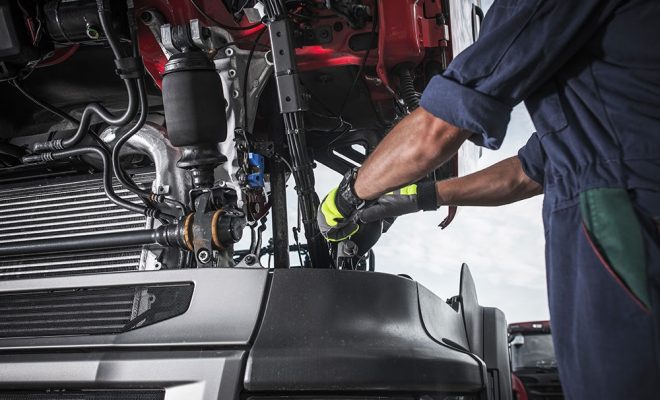How Service Centers Diagnose Interior Lighting Problems

Interior lighting is vital for vehicle safety and comfort. Proper cabin illumination helps drivers see controls and passengers move safely. A flicker or dim glow may indicate hidden electrical issues inside. That problem can affect other systems if left unchecked. So professional diagnosis ensures that bulbs, switches, and wiring are functional. Then cabins remain bright and reliable for every journey. Service centers use advanced tools and methods to detect faults. Accurate diagnostics prevent failures and maintain safety and comfort consistently.
Visual Inspection Techniques
Technicians begin by visually checking all interior lights and connections. Loose bulbs or damaged switches are often visible immediately during inspection. That initial step identifies obvious faults quickly before testing electrical systems. So technicians examine bulbs, panels, and wiring for wear or damage. Then corrective actions can begin without delay to restore proper function. Visual checks also help detect corrosion or misalignment in the lighting system. This simple method is effective for locating many common issues efficiently. Proper inspection by Auto Repair in Logan, UT ensures cabins remain safe, bright, and comfortable for travel.
Using Multimeters and Testers
Electrical testing is essential for accurate interior light diagnostics. Multimeters measure voltage, resistance, and current flow in bulbs and circuits precisely. That information helps locate hidden faults in wiring or switches quickly. So technicians test each connection and component carefully for reliable results. Then repairs are targeted to the exact problem without unnecessary replacement. Proper testing also prevents overloading circuits or damaging components further. Multimeter readings provide clear evidence of electrical health inside vehicles consistently. Testing ensures every interior light component operates safely and efficiently. Professionals rely on these tools for precise and effective diagnostics.
Component Testing and Replacement
Technicians often remove bulbs, switches, or LED strips for direct testing. That method confirms whether each part works according to manufacturer specifications precisely. So faulty components can be replaced immediately to restore proper cabin lighting. Then circuits remain stable and power flow stays balanced during operation. Proper testing prevents flickering, dimming, or sudden failures on the road. Component inspection also protects batteries from overstrain caused by damaged parts. Professionals ensure that bulbs and modules are installed correctly for long-term performance. Testing components individually maintains reliability and efficiency for the entire interior lighting system.
Conclusion
Service centers diagnose interior lighting problems using visual and electronic methods. Multimeters, testers, and computer diagnostics ensure accurate identification of faults. That professional approach restores bulbs, switches, and wiring to proper function reliably. So repairs are targeted, safe, and prevent future failures consistently. Then drivers and passengers enjoy well lit, safe, and comfortable cabins always. Accurate diagnostics protect electrical systems, batteries, and overall vehicle performance effectively. Professional diagnostic tools and methods guarantee interior lights remain fully functional every journey. Proper evaluation enhances safety, comfort, and reliability for every vehicle consistently.





